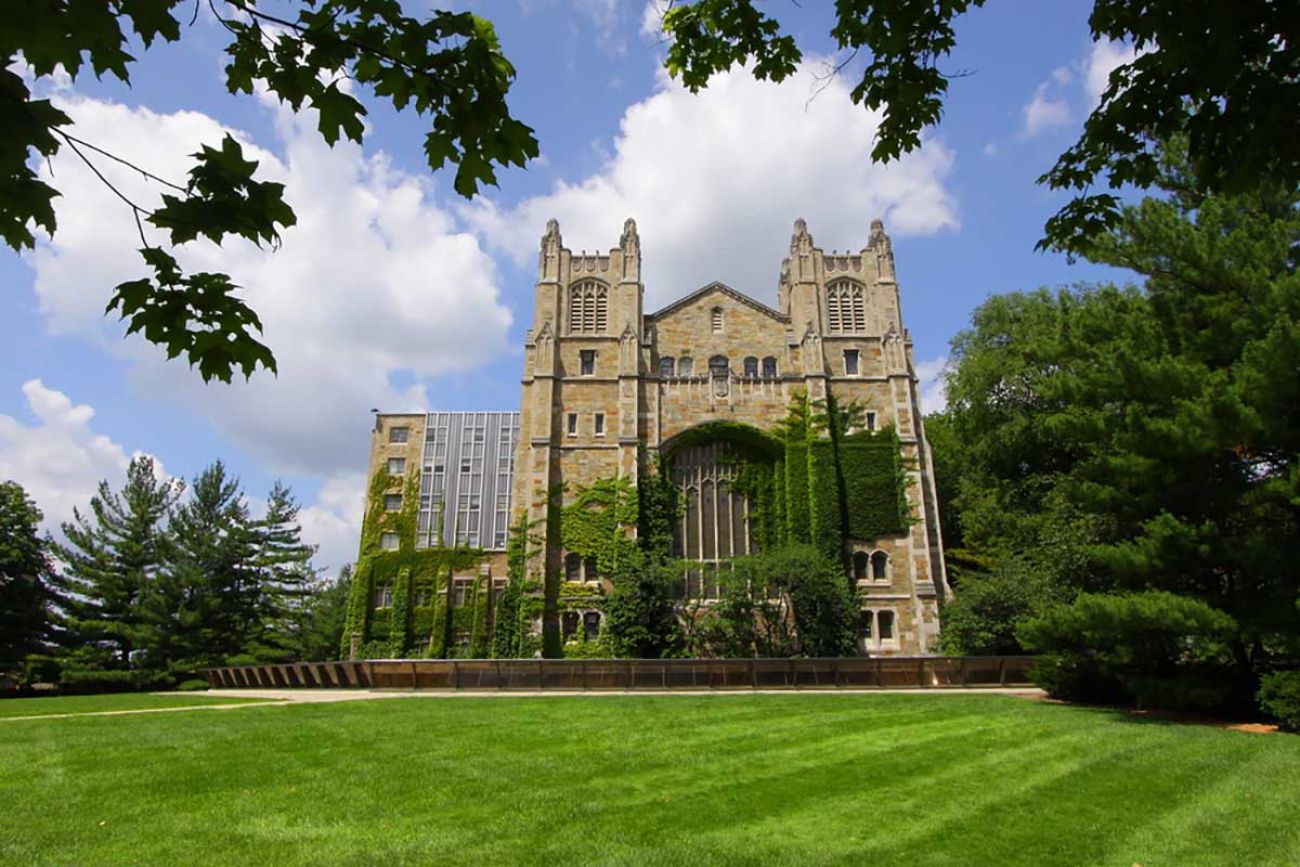Students return to University of Michigan in fall. Football? Ask us later.

Students will return to the Ann Arbor campus of the University of Michigan for the fall semester, but with increased classes online, social distancing and possible face masks.
U-M President Mark Schlissel made the announcement Monday in a video message and email to students, staff and faculty.
Fall semesters at UM-Dearborn and UM-Flint campuses will follow the same schedules as Ann Arbor, but the majority of classes will likely be online.
You can see Schlissel’s announcement here and read details here.
U-M Flint’s reopening plan, which says “The majority of courses will be taught remotely, with some in-person classes taking place on a limited basis,” is here.
U-M Dearborn, which according to a news release will hold “many classes in remote format,” has its reopening plan here.
"I am pleased to announce that the University of Michigan plans to offer a public health-informed in-residence semester this fall," Schlissel said in his message. He said the plan for the fall semester reflects the university's "commitment to promoting public health while fulfilling our fundamental mission of transformative undergraduate, graduate and professional education."
With the announcement of fall plans for U-M’s three campuses, among the state’s 15 public universities, only Wayne State University in Detroit has yet to unveil its plans for the upcoming semester amid the ongoing pandemic.
Highlights of U-M’s plans:
- An adjusted academic calendar, with on-campus classes beginning as scheduled Aug. 31, but ending at Thanksgiving in the fall to minimize student travel between home and campus during the year.
- On-campus classes will end Nov. 20. After the Thanksgiving break, the last weeks of class will be online. The Winter semester won’t start until Jan.19. Spring break and a similar one-week fall break will be eliminated.
- A combination of in-person, remote and hybrid classes through the academic year. In general, small classes will continue to meet in person, according to the university, but larger lecture classes will be delivered remotely.
U-M spokesperson Rick Fitzgerald told Bridge on Monday the university does not have an estimate on the percentage of classes that will be in-person, but there would be fewer than in a normal semester. The university specifies its model as a “hybrid” of online and in-person learning.
Class formats will be determined by individual schools, colleges and academic units. "We know that many faculty, staff and students have concerns about returning to in-person learning, teaching and work. We're continuing to develop plans to protect vulnerable members of our community — and will encourage students and employees with high levels of risk to teach, learn and support our mission remotely," Schlissel said in a news release.
In addition:
- Residence halls and dining facilities will be open. There will be some areas of dormitories reserved for students who contract COVID-19 and need to be quarantined.
- Dining halls will be open, but dine-in capacity will be reduced. More boxed meals will be offered for students to grab and go.
- Hand sanitizer, masks and other forms of personal protective equipment will be available for students, staff and faculty.
- The university will emphasize the critical importance of all students, faculty and staff getting a seasonal flu shot, staying home when sick and closely monitoring any symptoms of COVID-19 or other illnesses, according to the plan released Monday.
- There will be protocols for coronavirus testing, according to the Ann Arbor campus plan, but those details were not released Monday. The university also is building capacity for additional contact tracing for those who are infected.
- Faculty and staff will be able to perform their health screenings by accessing a university website through their phones. This new tool, being made available this week, will make returning to work on campus smoother and safer when employees need to come to campus.
Schlissel, who is a medical doctor, said the U-M plan for an in-person semester “relies on every member of the community following basic public health strategies … (including) social distancing, minimizing out-of-area travel, wearing face coverings, washing hands frequently, symptom screening and quarantine when needed.”
It remains unclear whether people on campus will be required to wear face masks, or just encouraged to do so. Fitzgerald said decisions like that will depend on the health conditions in August, and as the fall semester continues.
Fall on the Ann Arbor 44,000-student campus will have a different feel this year, Schlissel said in a news release, "but the pandemic won't change our commitment to the members of our community.”
Fitzgerald said there is no decision yet on fall sports, or fan attendance at football games. Michigan State University’s tentative plan is to allow no more than 20 percent of seats to be filled at Spartan Stadium if the football season is held.
Michigan’s college and university campuses closed in mid-March to try to stem the growth of COVID-19, which has sickened more than 60,000 Michigan residents and killed more than 5,800 in less than four months.
While the number of infections currently is on the decline in Michigan, there is no vaccine as of yet. The congregation of tens of thousands of young people on campuses, attending classes that are intended to involve interaction and living, eating and socializing in close quarters, has been a major concern of college and university officials.
Classes at Oakland University will be primarily online, but other Michigan public universities have announced plans to return to some in-person instruction.
Michigan Education Watch
Michigan Education Watch is made possible by generous financial support from:
Subscribe to Michigan Education Watch
See what new members are saying about why they donated to Bridge Michigan:
- “In order for this information to be accurate and unbiased it must be underwritten by its readers, not by special interests.” - Larry S.
- “Not many other media sources report on the topics Bridge does.” - Susan B.
- “Your journalism is outstanding and rare these days.” - Mark S.
If you want to ensure the future of nonpartisan, nonprofit Michigan journalism, please become a member today. You, too, will be asked why you donated and maybe we'll feature your quote next time!






